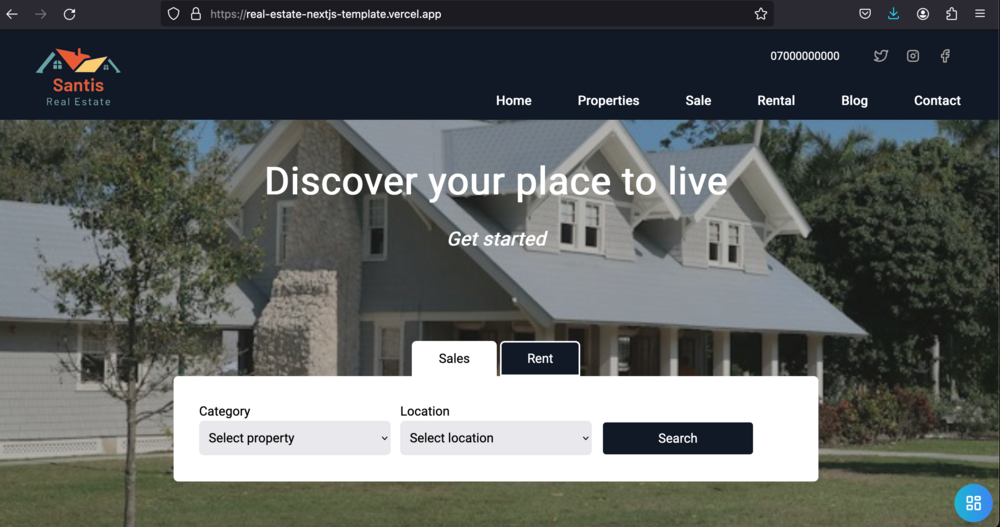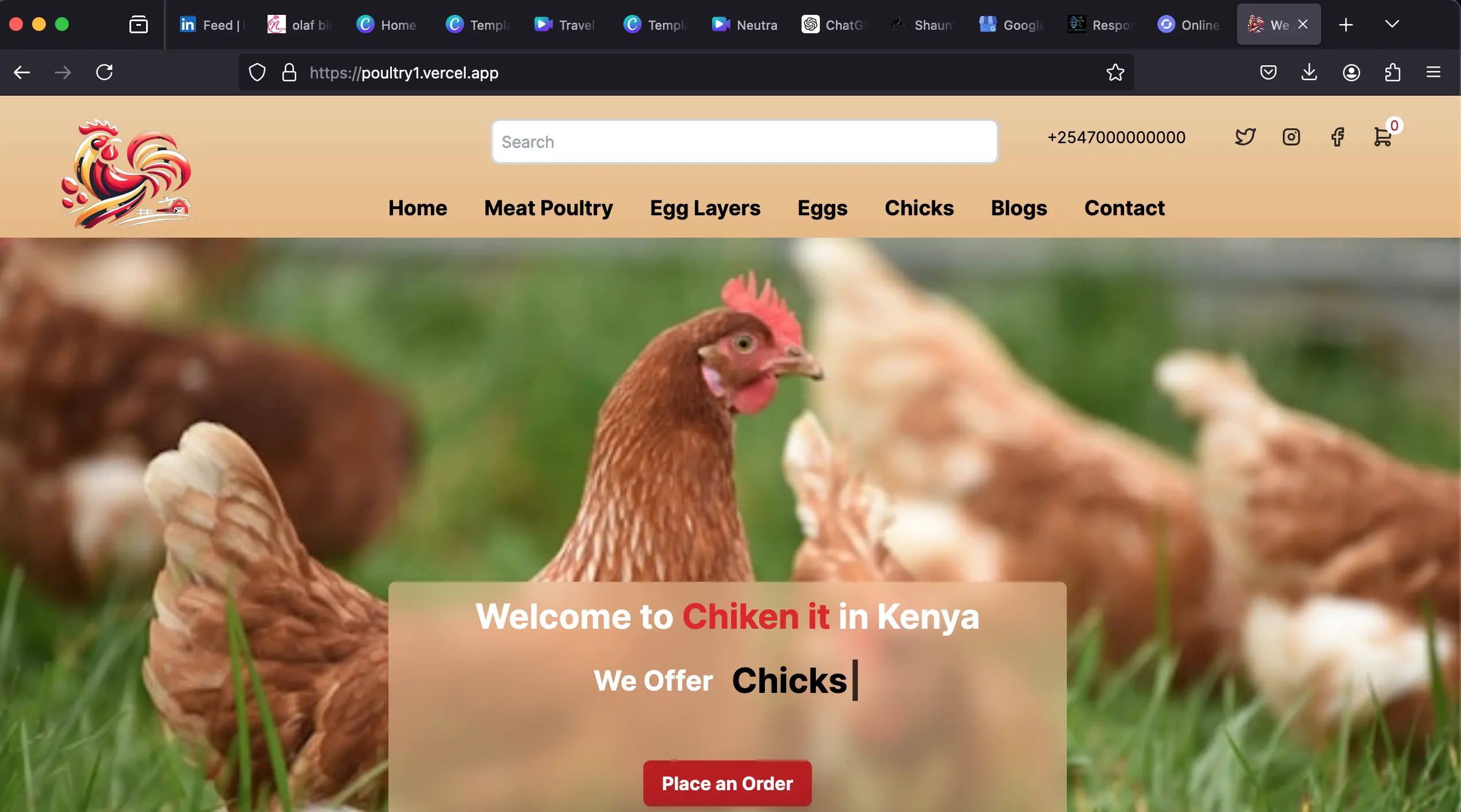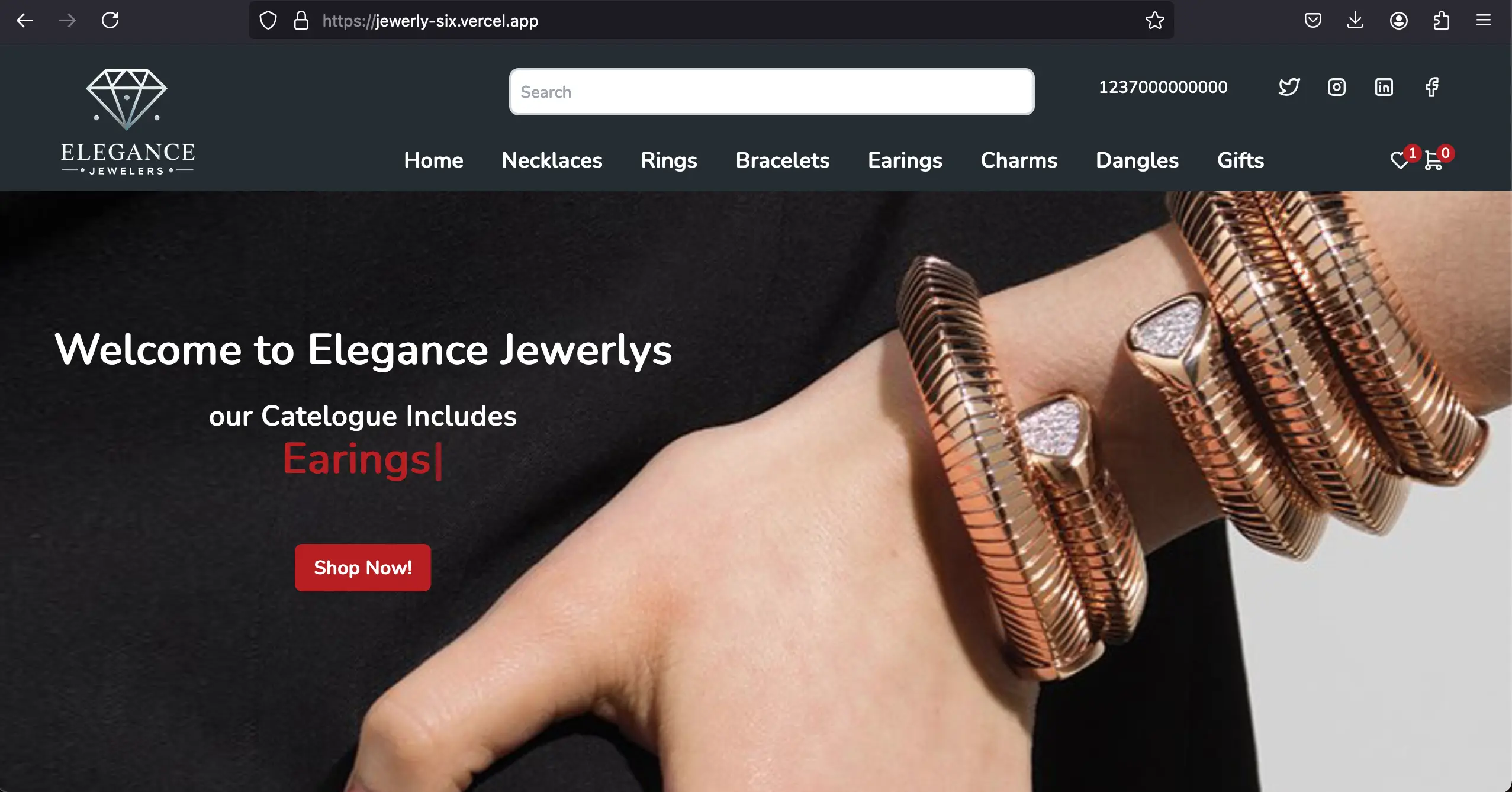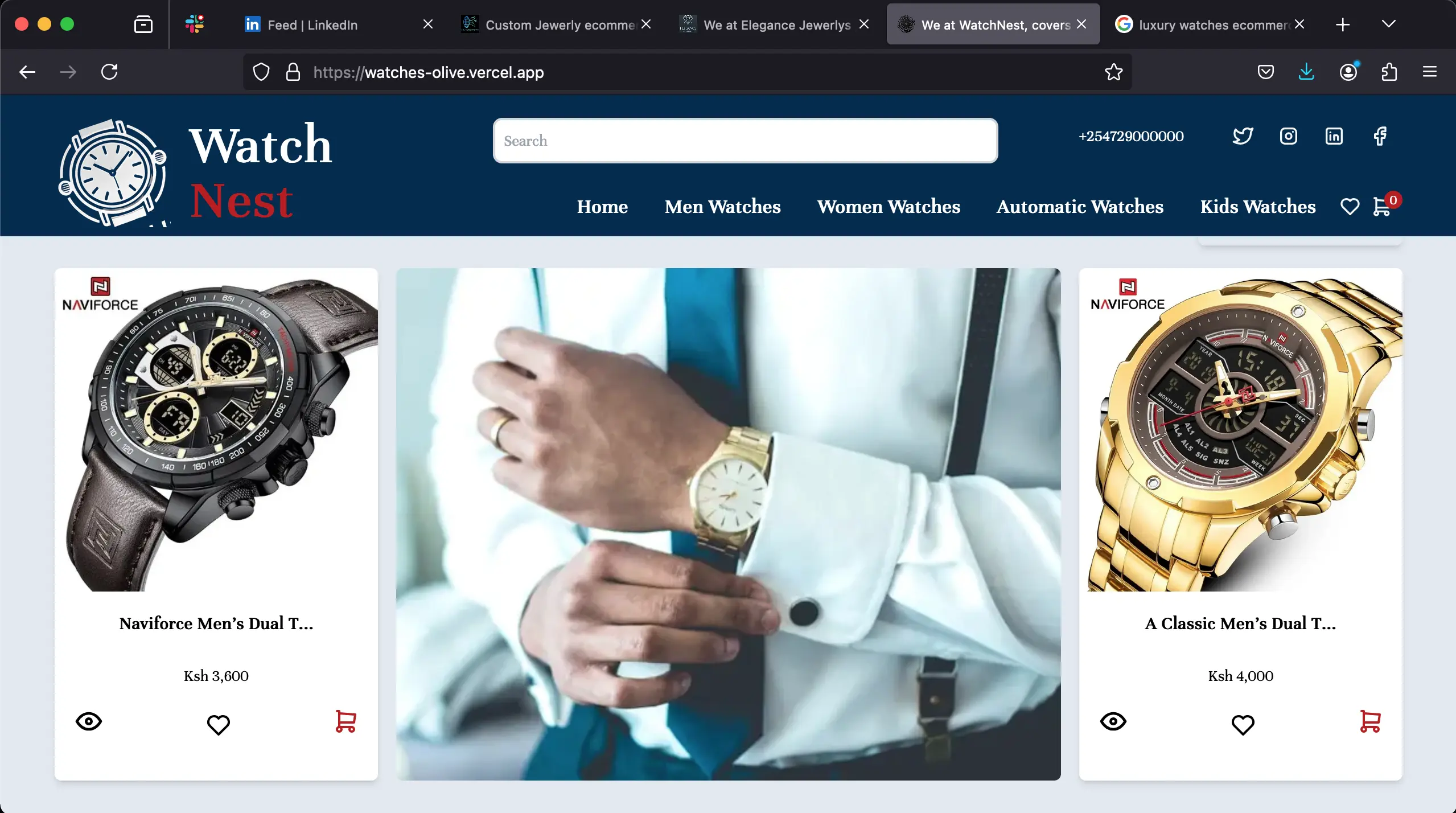
How to Build a Profitable E-Commerce Store in 2025 (With AI as Your Secret Weapon)
Introduction
The future of online business isn’t about replacing humans with AI—it’s about using AI to work smarter. In 2025, successful e-commerce entrepreneurs aren’t coding chatbots or building fully automated stores. Instead, they’re leveraging AI to handle repetitive tasks, analyze data, and generate ideas, while they focus on strategy, creativity, and building relationships.
This guide will show you:
- 10 online careers blending human ingenuity + AI tools (e.g., SEO, product sourcing, content creation).
- A step-by-step plan to launch an e-commerce store with AI assistance (including sourcing 300+ products).
- Real examples of entrepreneurs who used AI to save time, not outsource their brains.
Let’s get started.
10 Online Career Paths for 2025 (Human + AI Collaboration)
- AI-Assisted E-Commerce (Product research, SEO, customer service chatbots).
- Content Creation (AI writes drafts, humans add personality).
- AI-Optimized SEO Consulting (Tools find keywords, humans build strategies).
- Niche Product Curation (AI identifies trends, humans validate demand).
- Social Media Management (AI schedules posts, humans engage with followers).
- AI-Enhanced Coaching (Chatbots handle FAQs, humans host live sessions).
- E-Commerce Fulfillment Coordination (AI tracks inventory, humans negotiate with suppliers).
- AI-Powered Market Research (Tools scrape data, humans interpret insights).
- Sustainable Product Reselling (AI matches suppliers, humans vet quality).
- Hybrid App Development (AI writes code snippets, humans design interfaces).
Case Study: Launching an Eco-Friendly Home Goods Store (5 Steps with AI Help)
Meet Priya, a former teacher who started an e-commerce store selling sustainable kitchenware. She used AI tools to speed up research and content creation but kept her vision at the core. Here’s how she did it:
Step 1: Niche Selection (AI Suggests, You Decide)
The Human-AI Workflow:
- Use ChatGPT-5 or Claude 3 to brainstorm niches.
- Prompt: “Suggest 10 eco-friendly e-commerce niches for 2025 that aren’t oversaturated.”
- Output: Reusable baby products, biodegradable party supplies, solar-powered gadgets.
- Validate ideas with Google Trends and SEMrush (AI tools flag competition levels).
Priya’s Story:
ChatGPT suggested “plastic-free kitchenware,” but Priya noticed a gap in aesthetic, affordable options. She chose “Instagram-worthy zero-waste kitchen tools” as her niche.
Step 2: Source 300+ Products (AI Finds Them, You Curate)
Why 300+ Products?
- Google prioritizes sites with authority (300+ products signal depth).
- More products = better retention (shoppers browse longer).
How to Source Efficiently:
- Dropshipping Suppliers (AutoDS, Spocket):
- Use AI tools like AutoDS to bulk-import products to Shopify.
- Filter for eco-certifications, materials, and price points.
- Wholesale Partnerships (Faire, Tundra):
- Use AI email assistants (HubSpot’s ChatSpot) to negotiate bulk discounts.
- Print-on-Demand (Printful, Gelato):
- Generate designs with MidJourney, then tweak them manually.
Priya’s Tactic:
She used AutoDS to import 400 products, then manually removed 100 that didn’t fit her “aesthetic” brand (e.g., ugly bamboo cutlery).
Step 3: Optimize Your Site for SEO (AI Guides, You Edit)
AI Tools for SEO:
- SurferSEO: Analyzes top-ranking pages and suggests keyword density, headers, and meta tags.
- Frase.io: Generates SEO-optimized blog outlines (you write the final draft).
- MarketMuse: Identifies content gaps vs competitors.
Human Touchpoints:
- Rewrite AI-generated product descriptions to add humor or storytelling.
- Use GrammarlyGO to fix tone issues (e.g., too robotic).
Example:
AI-generated product description:
“This bamboo cutting board is eco-friendly and durable.”
Priya’s edit:
*“This sleek bamboo cutting board is tougher than your ex’s excuses—and 100% plastic-free. Perfect for slicing avocados or serving avocado toast at your next zero-waste brunch.”*
Step 4: Create Content That Converts (AI Drafts, You Polish)
AI’s Role:
- Blogs: Use ChatGPT to draft “10 Best Plastic-Free Kitchen Hacks” → add personal anecdotes.
- Product Pages: Run SurferSEO to optimize keywords, then tweak headlines for flair.
- Email Campaigns: Tools like Jasper generate subject lines → you add emojis or urgency.
Priya’s Workflow:
- ChatGPT wrote a blog titled “How to Host a Sustainable Dinner Party.”
- Priya added her own tips (e.g., “Use leftover wine corks as plant markers”).
- Blog traffic increased by 70%, driving sales to her “reusable napkins” product line.
Step 5: Market with AI Insights (You Build Relationships)
AI-Assisted Tactics:
- Social Media: Tools like Lately.ai auto-generate post captions → you add behind-the-scenes photos.
- Ads: AdCreative.ai designs visuals → you tweak colors to match your brand.
- Customer Service: Chatbots (Tidio) answer basic queries → you step in for complex issues.
Priya’s “Human First” Strategy:
- Used Canva’s AI to create Instagram Reels templates but filmed herself unboxing products.
- Responded to every customer review personally (AI flagged negative ones for priority).
How to Bounce Back from Failure (Hint: AI Can’t Do This for You)
- Failure: Your first 50 products flop.
- Fix: Use Google Analytics + AI (Looker Studio) to find weak spots. Ask: “Which products had the highest bounce rates?” → Pivot.
- Failure: SEO traffic stalls.
- Fix: Run SurferSEO’s audit → rewrite 10% of content weekly.
Case Example:
Priya’s initial blog posts ranked poorly. She used Clearscope to find missing keywords, rewrote them, and saw organic traffic double in 2 months.
Final Thoughts
AI in 2025 isn’t here to steal your job—it’s here to handle the boring stuff so you can focus on what humans do best: creativity, empathy, and strategic thinking. Whether you’re selling eco-friendly spatulas or coaching clients, let AI be your assistant, not your boss.
Your 2025 Game Plan:
- Use AI to brainstorm, not decide.
- Source products at scale but curate with care.
- Optimize SEO with tools but write like a human.
- Let AI draft content, then add your personality.
- Analyze failures with AI, then pivot yourself.
The future belongs to those who blend tech efficiency with human heart. Which side will you be on?
Our Templates
The Turnkey Commerce Suite.
Our Trending blogs










Myrachanto
I help ecommerce businesses scale faster with tech-driven SEO and high-performance web development. With 5+ years of full-stack expertise, I specialize in:
Ecommerce SEO
Optimizing product pages, structured data, and site architecture to boost organic traffic.
Blazing-Fast Stores
Building with React.js, Next.js, Qwik.js, and Golang for speed and conversions.
I write about ecommerce growth—from technical SEO to conversion-focused development—so store owners and marketers can leverage tech for real results.





